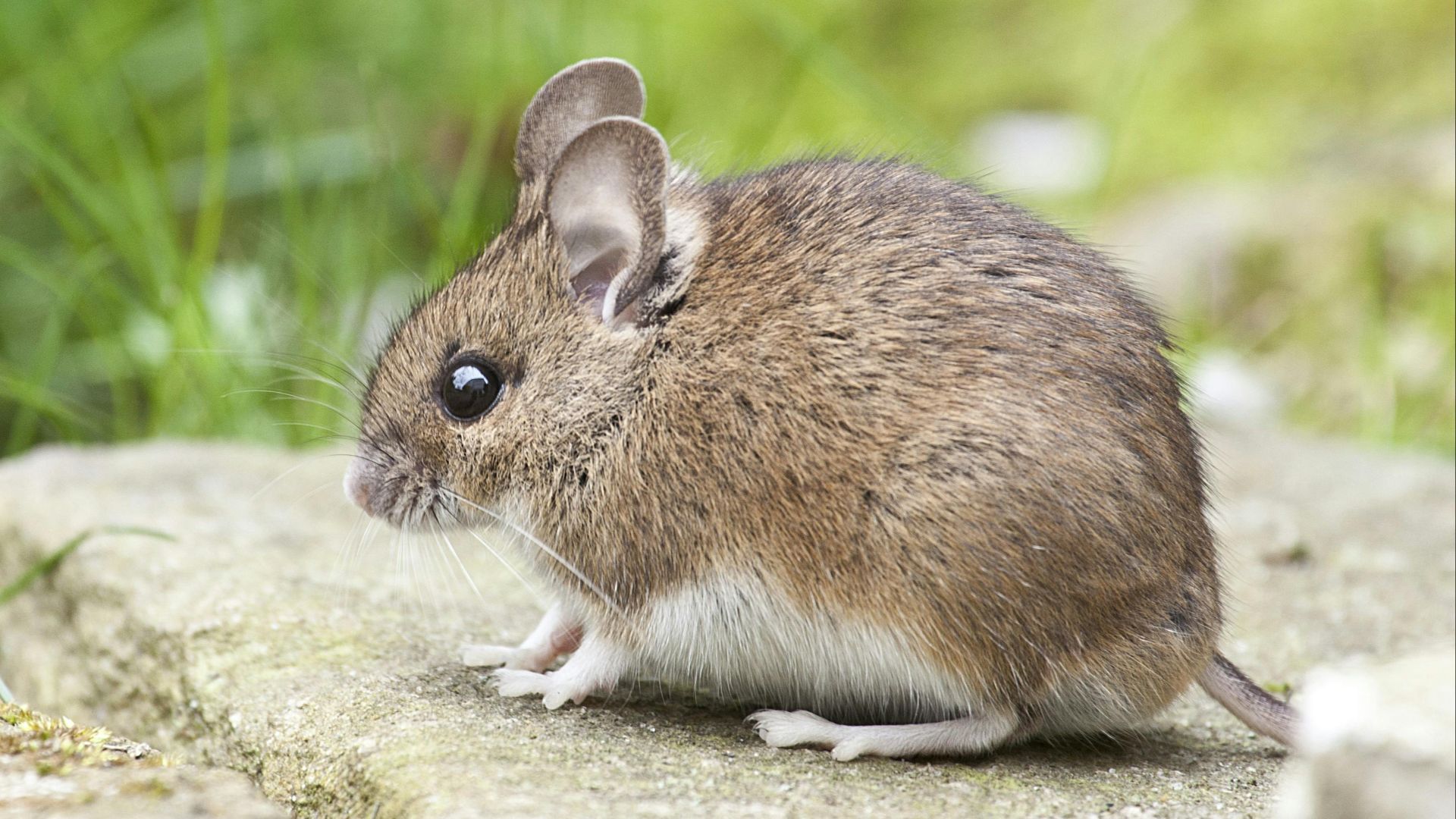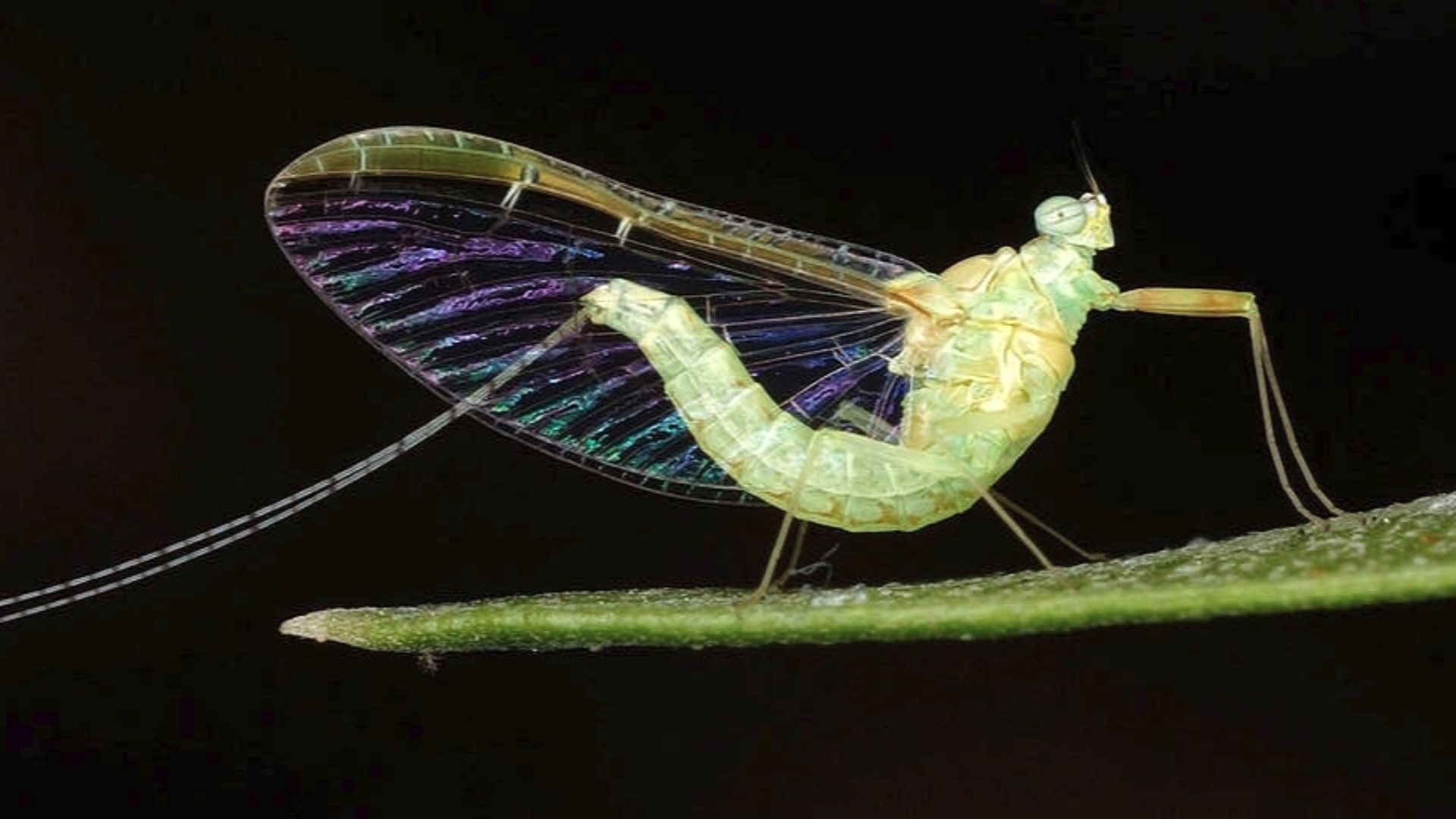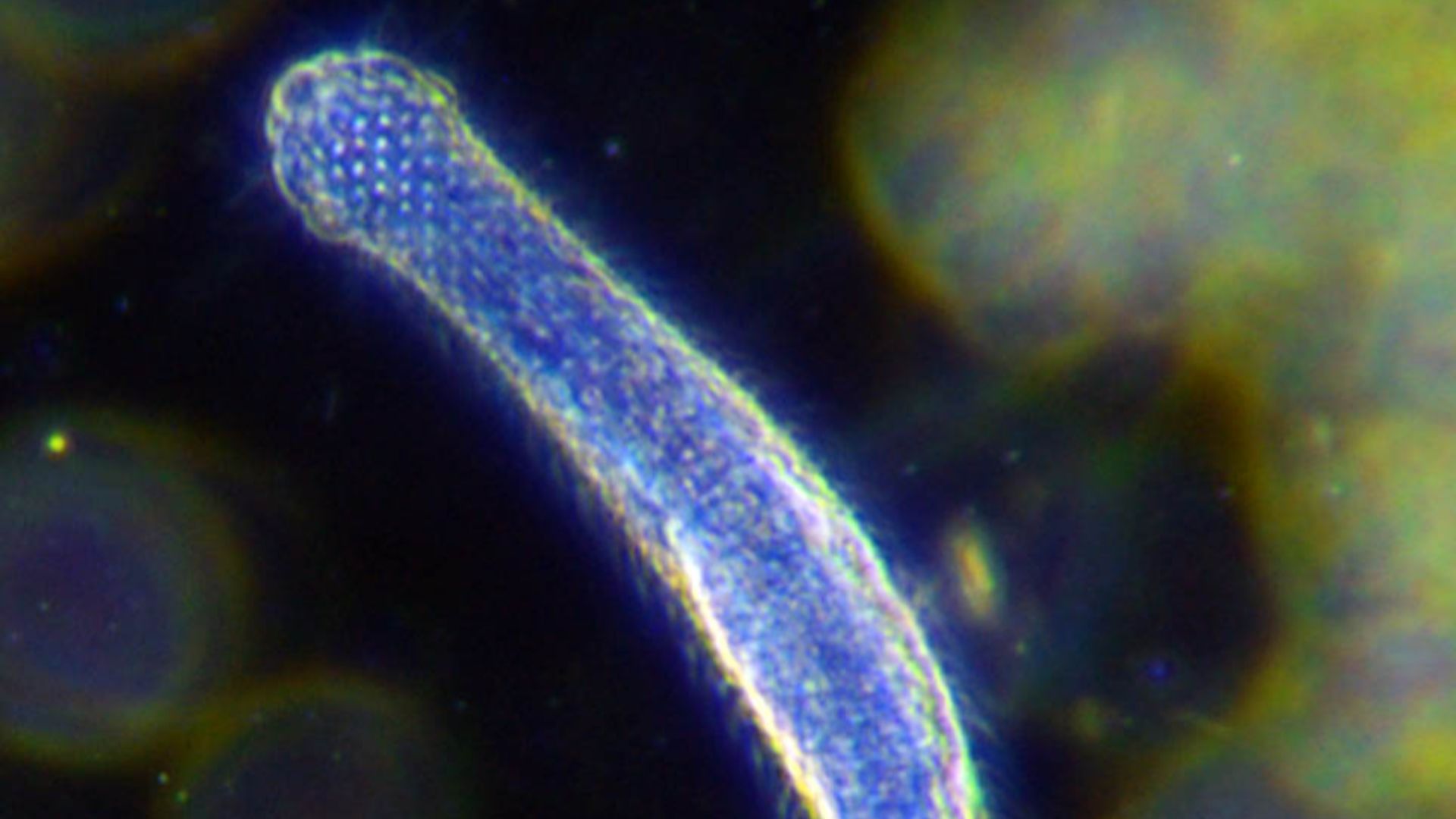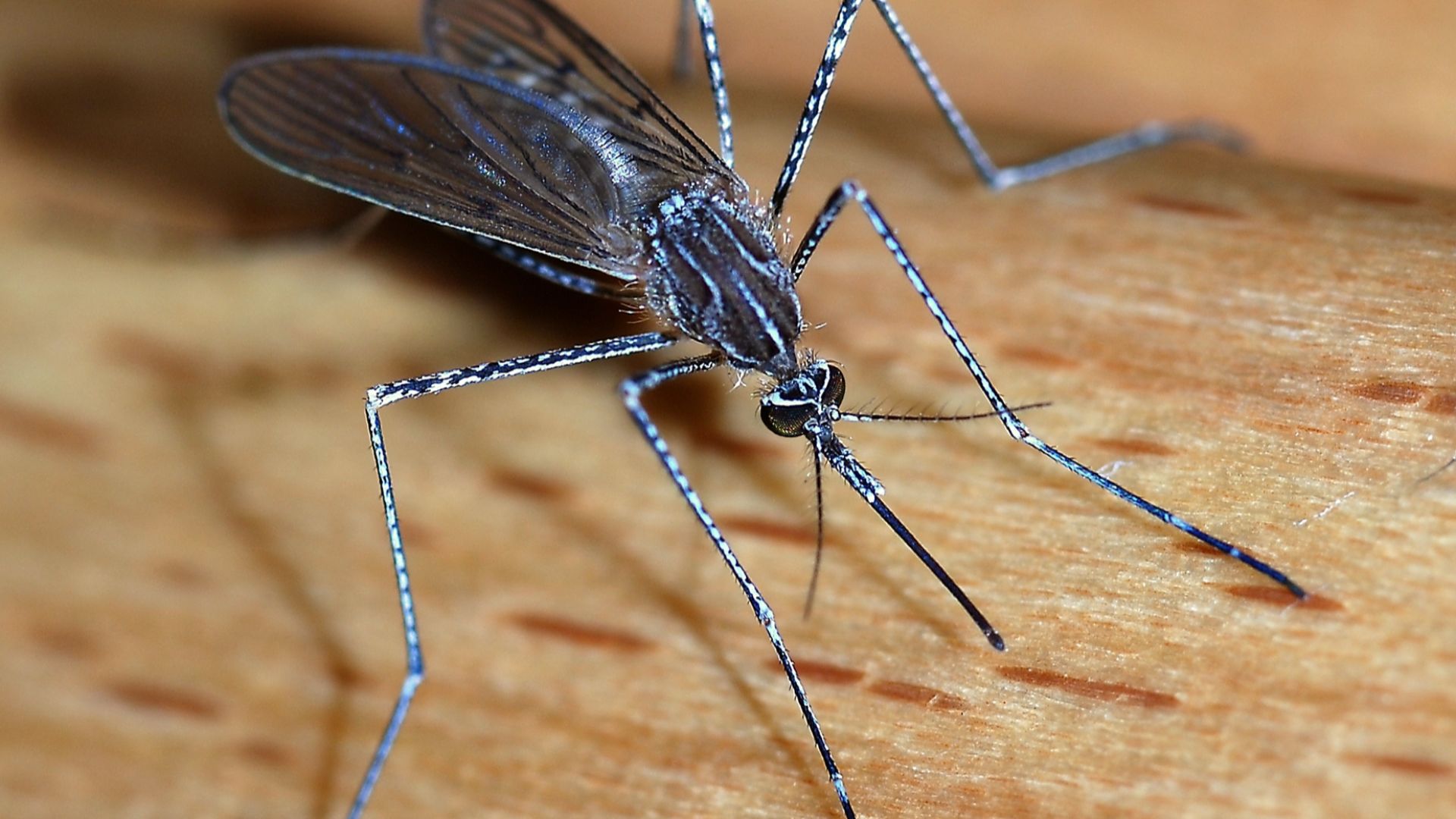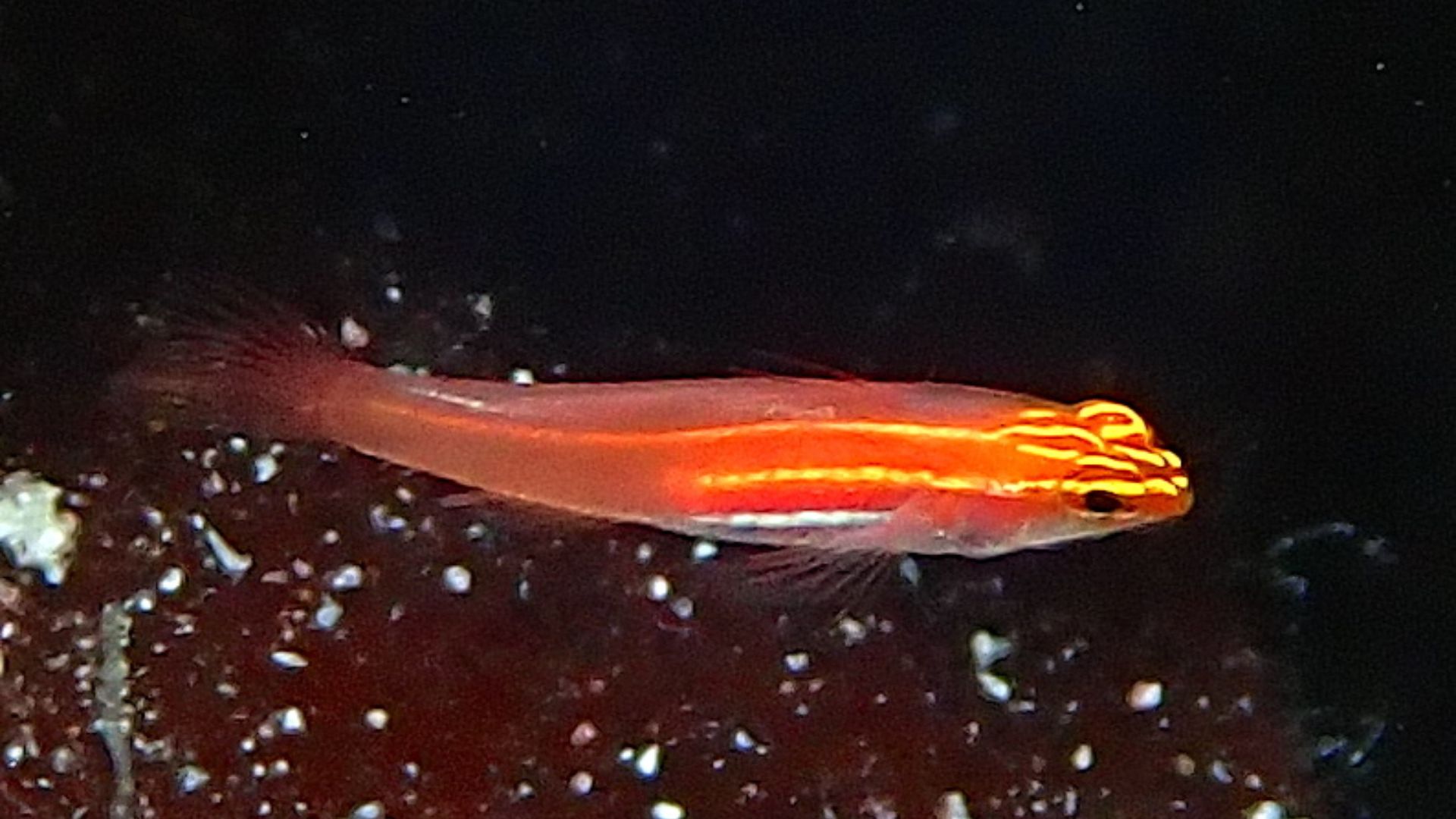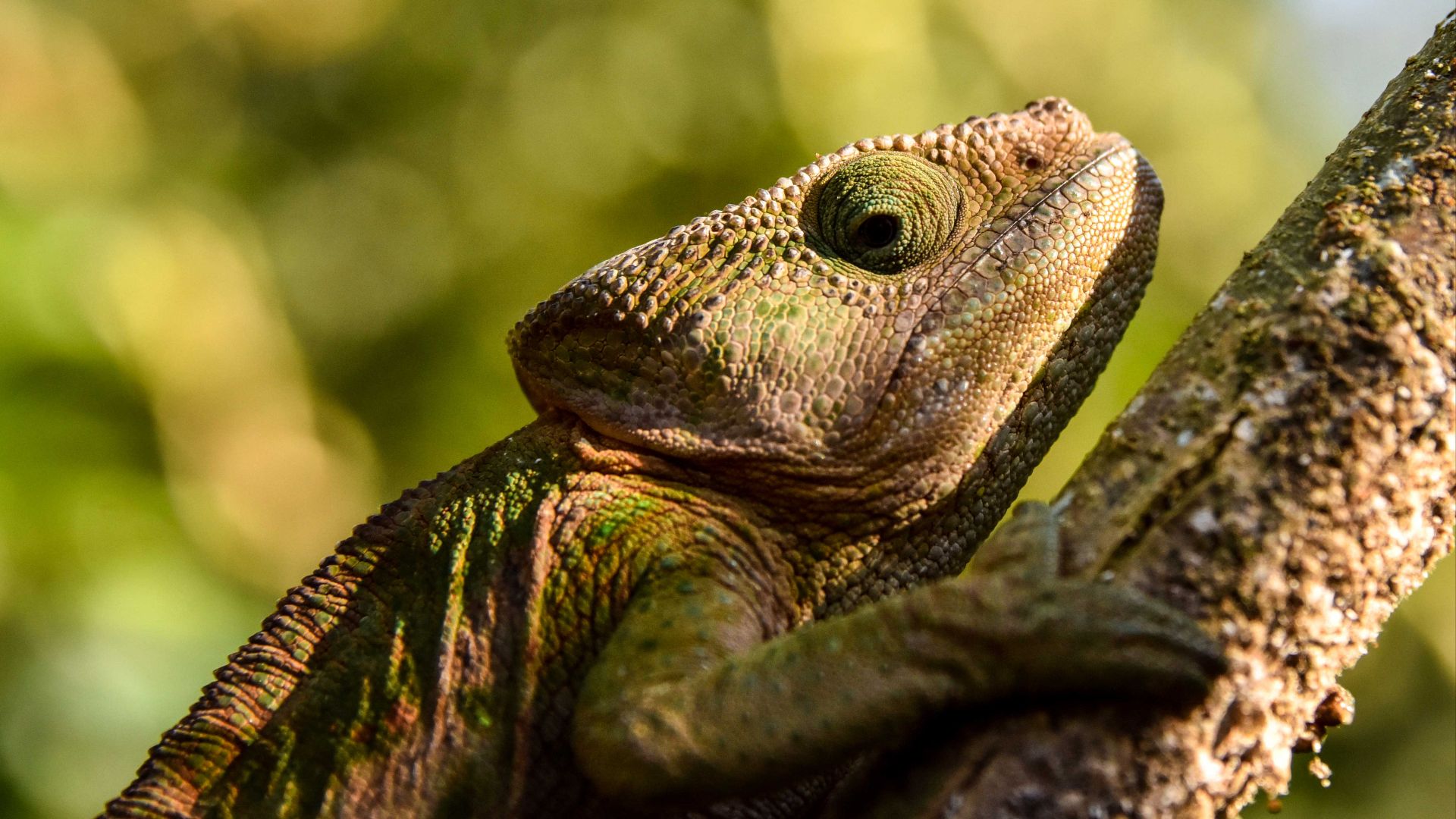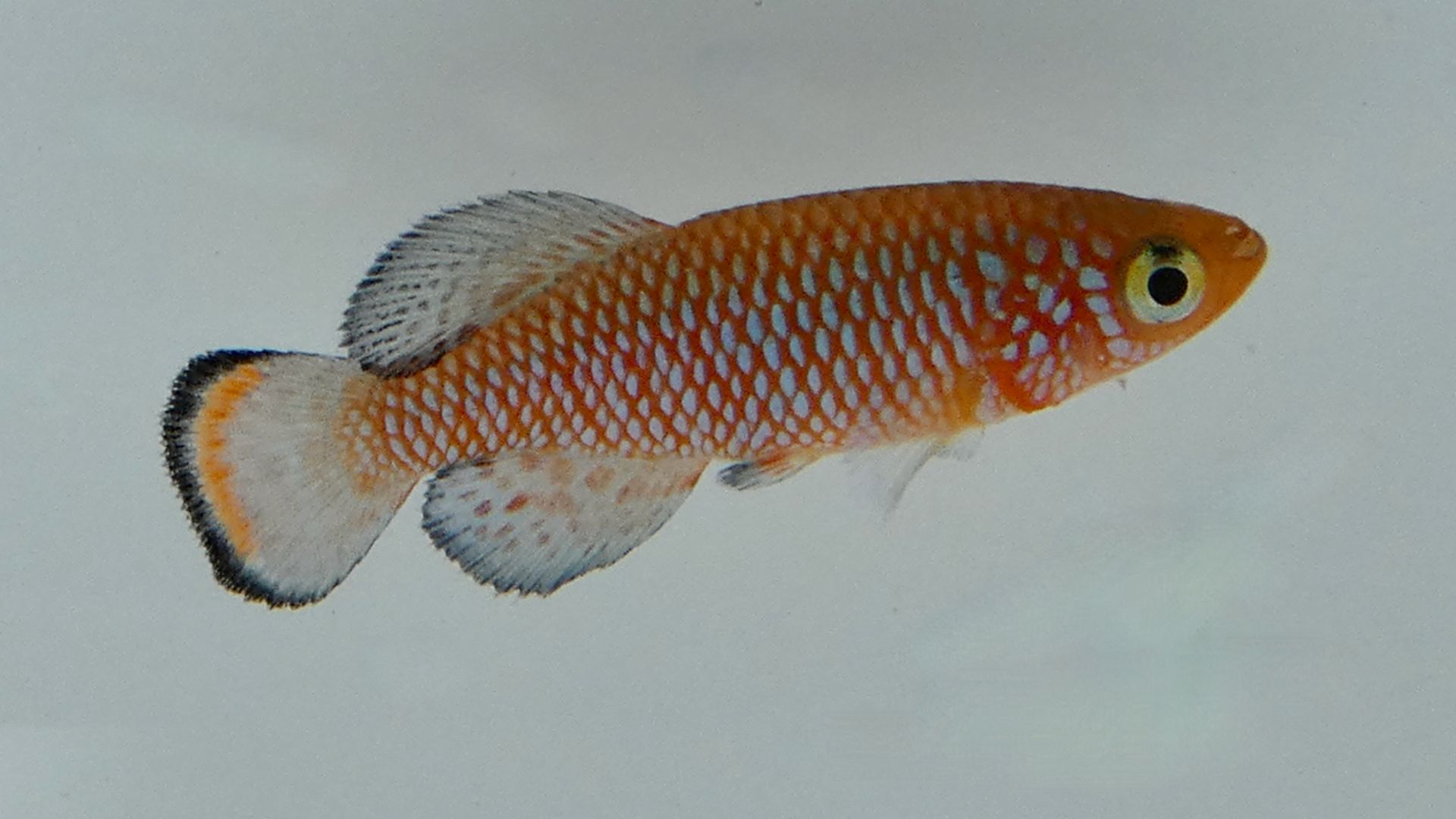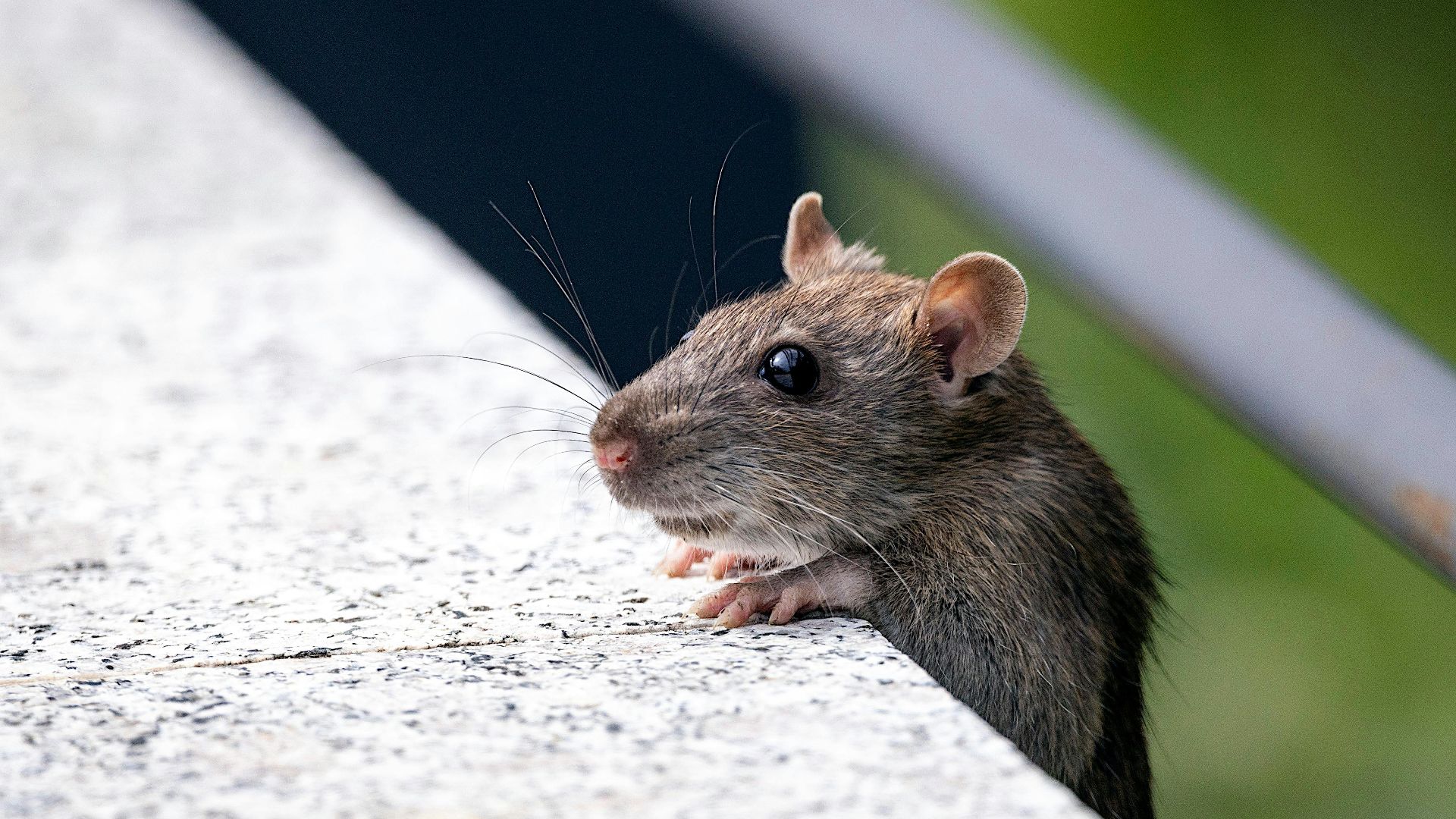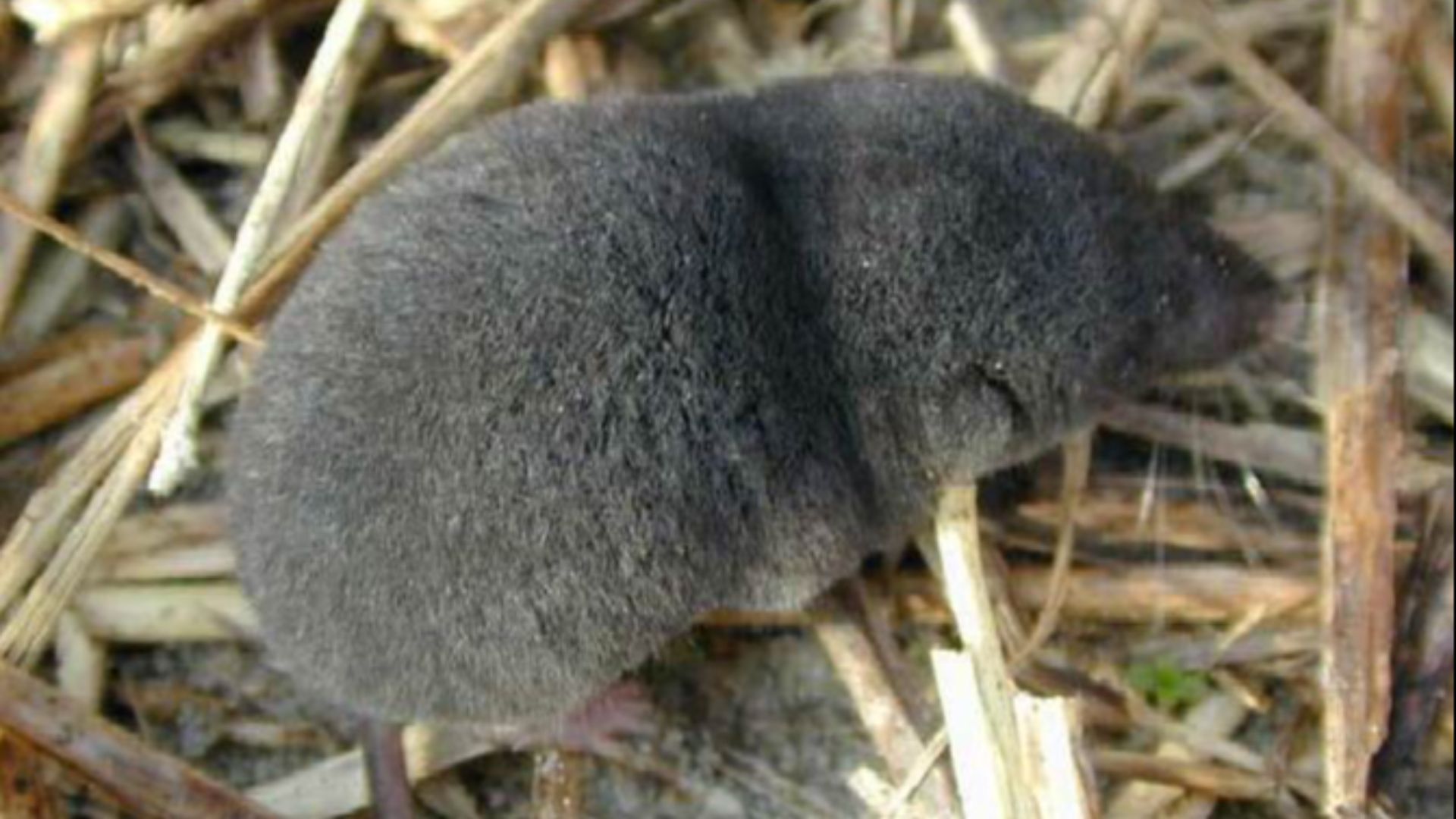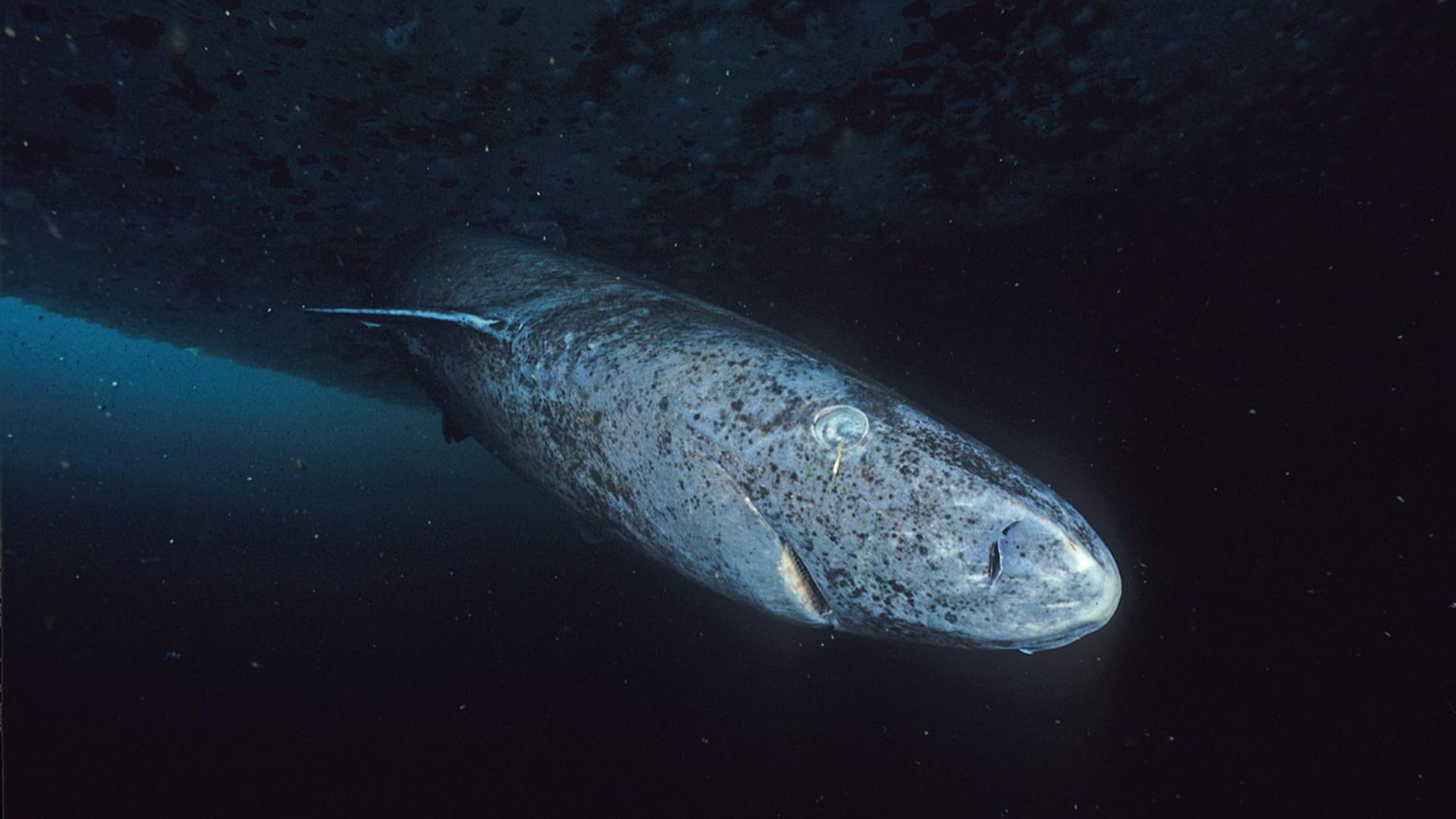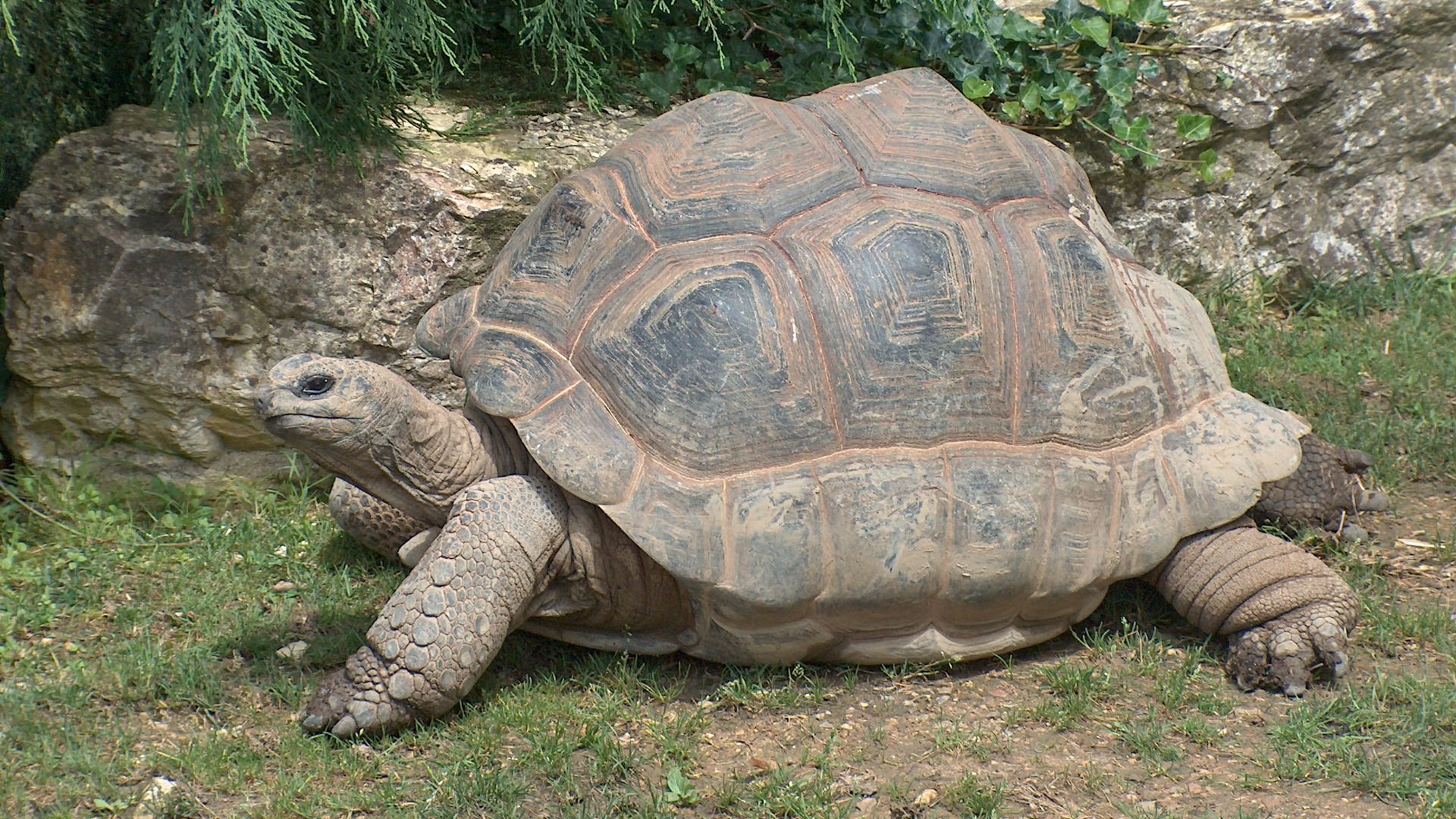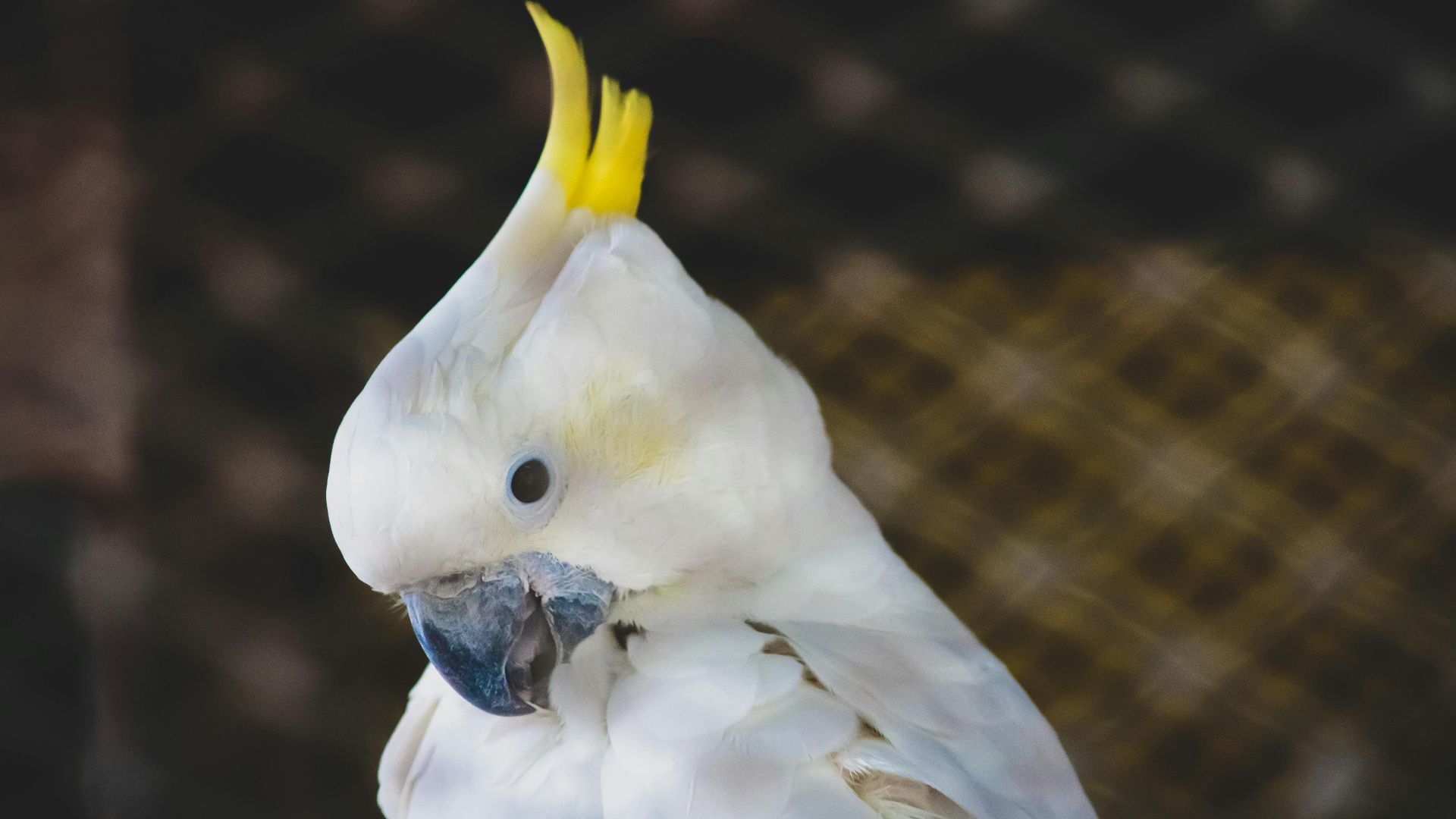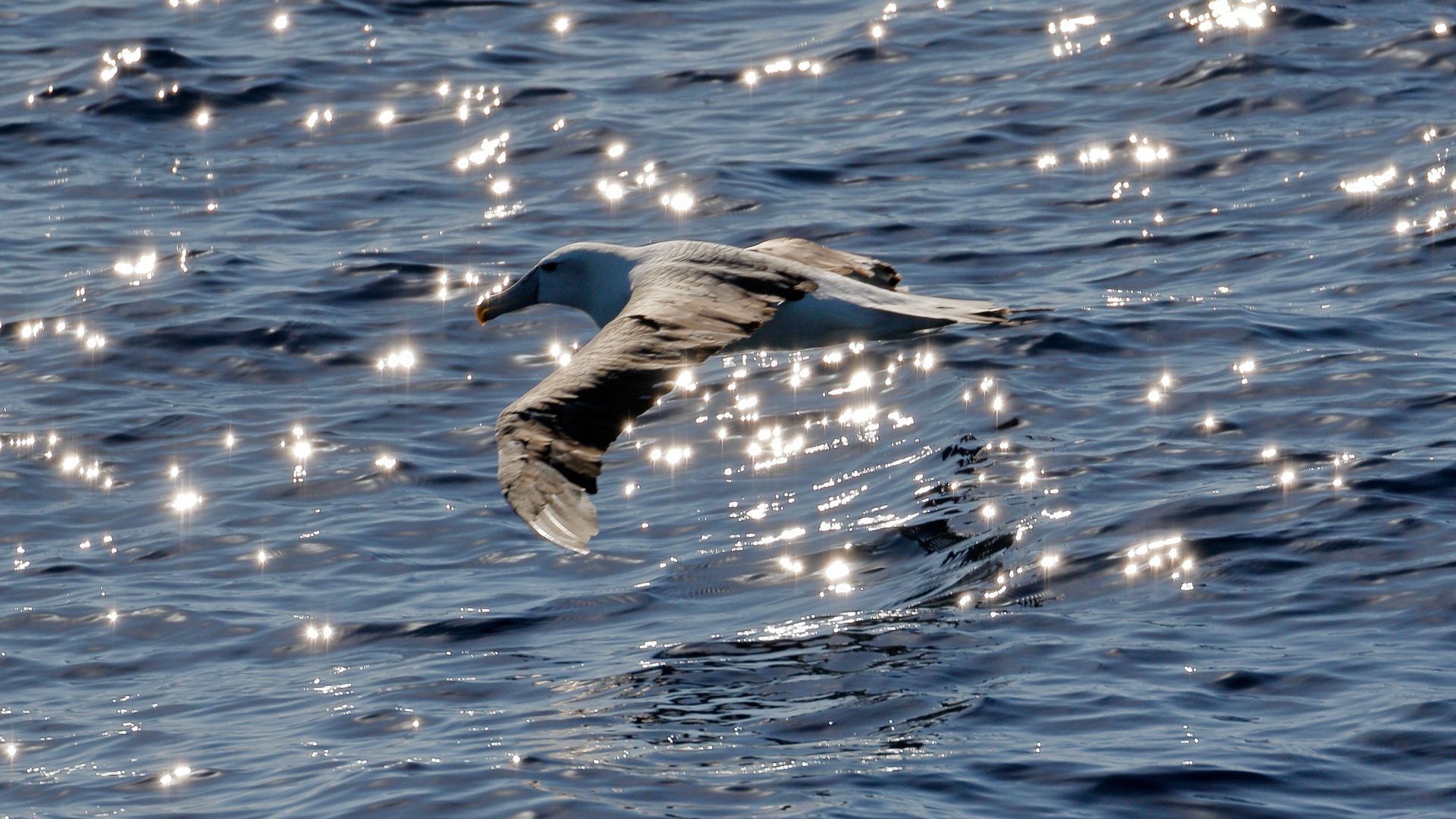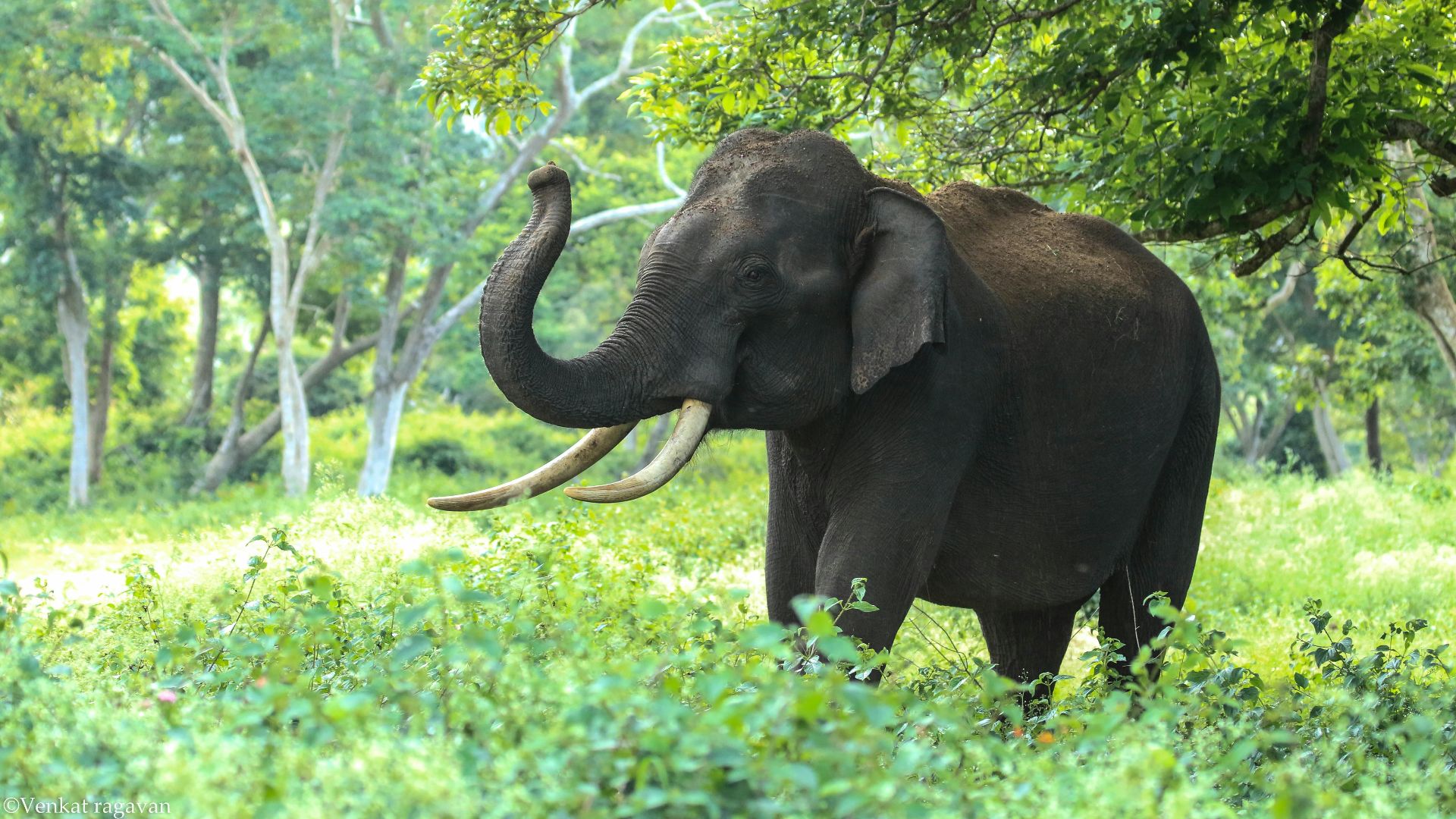Lifespans of the Animal Kingdom
Not all animals are equal—that much you know. But did you know that this doesn't only refer to their size, habitat, and purpose? Animals also have varied lifespans, with some living for only five minutes and others living for over 10,000 years. Scientists have also uncovered an aquatic species known to be the only immortal creature on the planet. Curious to learn more? Here are 10 animals with the shortest lifespans—and 10 with the longest.
1. Mayfly
This aquatic invertebrate has the shortest lifespan of any animal that we know of—just 24 hours. But let's rewind: while larvae can live up to a year or so, once a mayfly emerges into adulthood, it only lives for one (sometimes two) day. Female mayflies last even shorter, and some, like the Dolania americana, die within five minutes.
2. Gastrotrich
A microscopic animal that lives in marine environments, the lifespan of a gastrotrich averages around 10 days. Despite this short period, they are vital to the ecosystems they thrive in, feeding on bacteria and algae. They are also known to be able to reproduce relatively quickly, and their eggs can hatch in just a few days.
3. Indian Meal Moth
Also known as a pantry moth, this insect doesn't live long—just five days or less than a month. Besides seeing it nibbling on grain-based foods in your cupboards or hovering around light sources, you can find Indian meal moths on every continent on Earth except for Antarctica. One way to distinguish this moth is its distinct zigzag flying pattern.
 Ben Sale from Stevenage, UK on Wikimedia
Ben Sale from Stevenage, UK on Wikimedia
4. Mosquito
You're likely very familiar with this bloodsucking micropredator (predators that prey on animals larger than them) that can carry and transmit disease. Despite how bothersome they can be during mosquito season, this insect doesn't last long, with a lifespan averaging only around two weeks. Other species, however, may live longer and may even need to hibernate a few times a year.
5. Worker Bee
Unlike queen bees, which can live for several years, worker bees and drones live about 40 to 90 days—though this depends on the season; they last longer in the winter than in the summer. Worker bees of other species may have an even shorter lifespan of just two to three weeks.
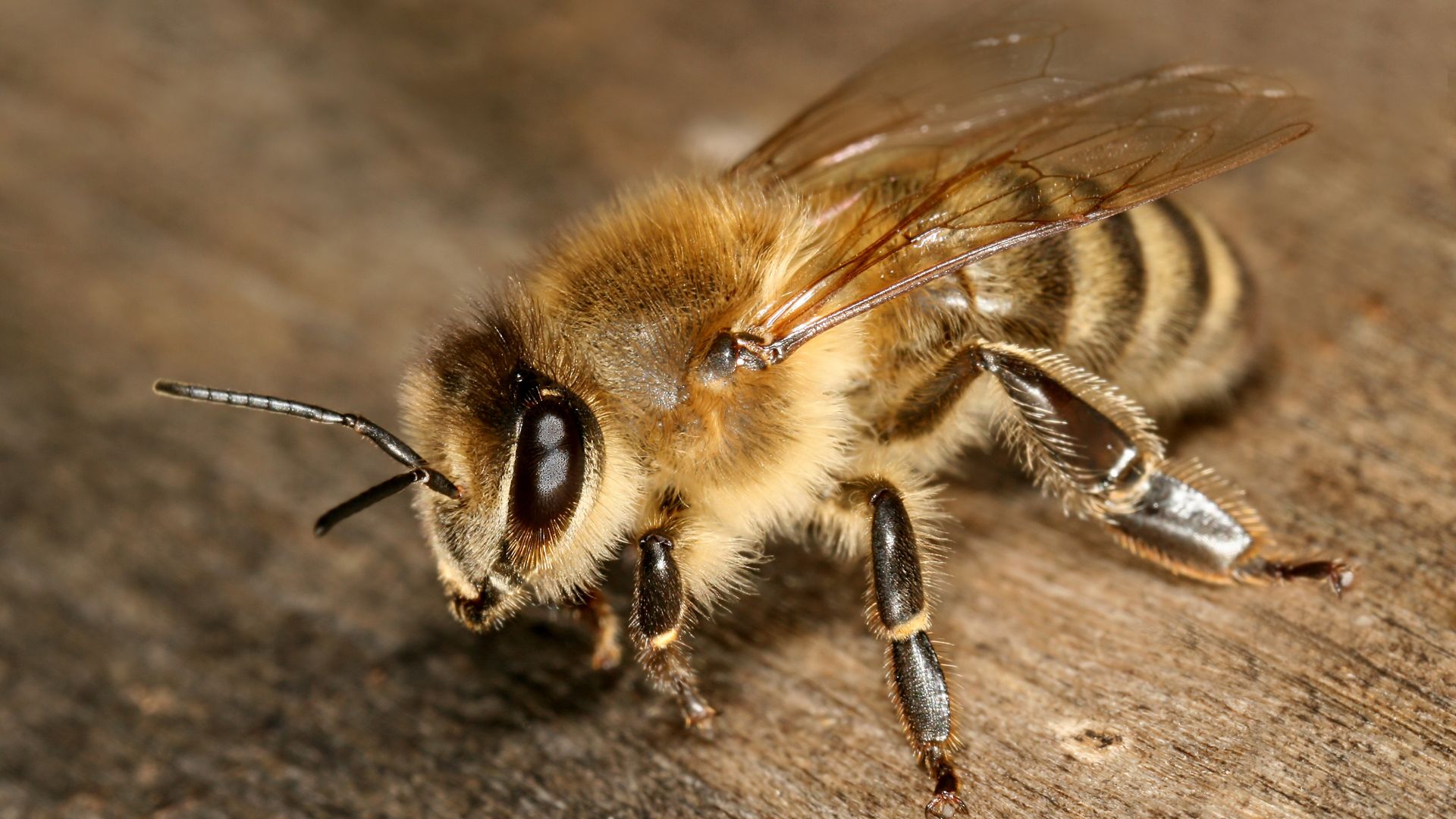 Richard Bartz, Makro Freak & Hubert Seibring on Wikimedia
Richard Bartz, Makro Freak & Hubert Seibring on Wikimedia
6. Pygmy Goby
The seven-figure pygmy goby, a small, semi-transparent marine fish that swims among coral reefs in the Indian and Pacific Oceans, is known to have the shortest lifespan of any vertebrate: 59 days. Three weeks are spent as larvae, then two settling on corals, and another three as adults.
7. Labord’s Chameleon
Native to Madagascar, the Labord's chameleon is the shortest-living reptile. A majority of its life is spent in the embryo stage where it'll hide out and develop for eight to nine months, but once it's reached full maturity, it only has a few months to live. They also tend to live longer in captivity than in the wild.
8. African Turquoise Killifish
As its name suggests, this fish species is native to Africa and primarily swims in the ponds of Zimbabwe and Mozambique. But because its lifespan is dependent on which season it's born in, it can either thrive for four to six months or until water dries up, or it can go into diapause, where its development is suspended for months or even years until the dry season is over.
9. House Mouse
Though a house mouse can technically live 18 months or longer—such as in laboratory settings, in captivity, or in human homes—on average it typically only lives for three to four months. However, mice can reproduce and multiply fairly quickly, meaning once they've set up shop, you'll see them for a while.
10. Shrew
Found throughout northern Europe and Great Britain, this mole-like insectivore generally doesn't live longer than a year, though this depends on the species. It may sometimes be mistaken for a mouse, but its distinct pointed nose helps distinguish it from the rodent.
These are the animals with the shortest lifespan, but what about the longest-living animals? Let's explore 10.
1. Turritophis Dohrnii Jellyfish
Often classified as the only immortal species on the planet, the Turritophis dohrnii jellyfish has quite the life cycle: once it reproduces, it reverts back to its polyp stage. Yet, despite holding the "immortal" title, it's not entirely invincible and can still succumb to predators and outside factors. But in the perfect environment, it can continue regenerating—over, and over, and over again.
2. Glass Sponge
Believe it or not, glass sponges are known to be our planet's oldest animal. It's estimated that they can live a maximum of 15,000 years and were likely alive during the last ice age. Along with one glass sponge living in a deep bay in Antarctica, which is suspected to be the oldest still-living animal, scientists have also discovered the skeleton of one in the East China Sea that they believe lived for 11,000 years.
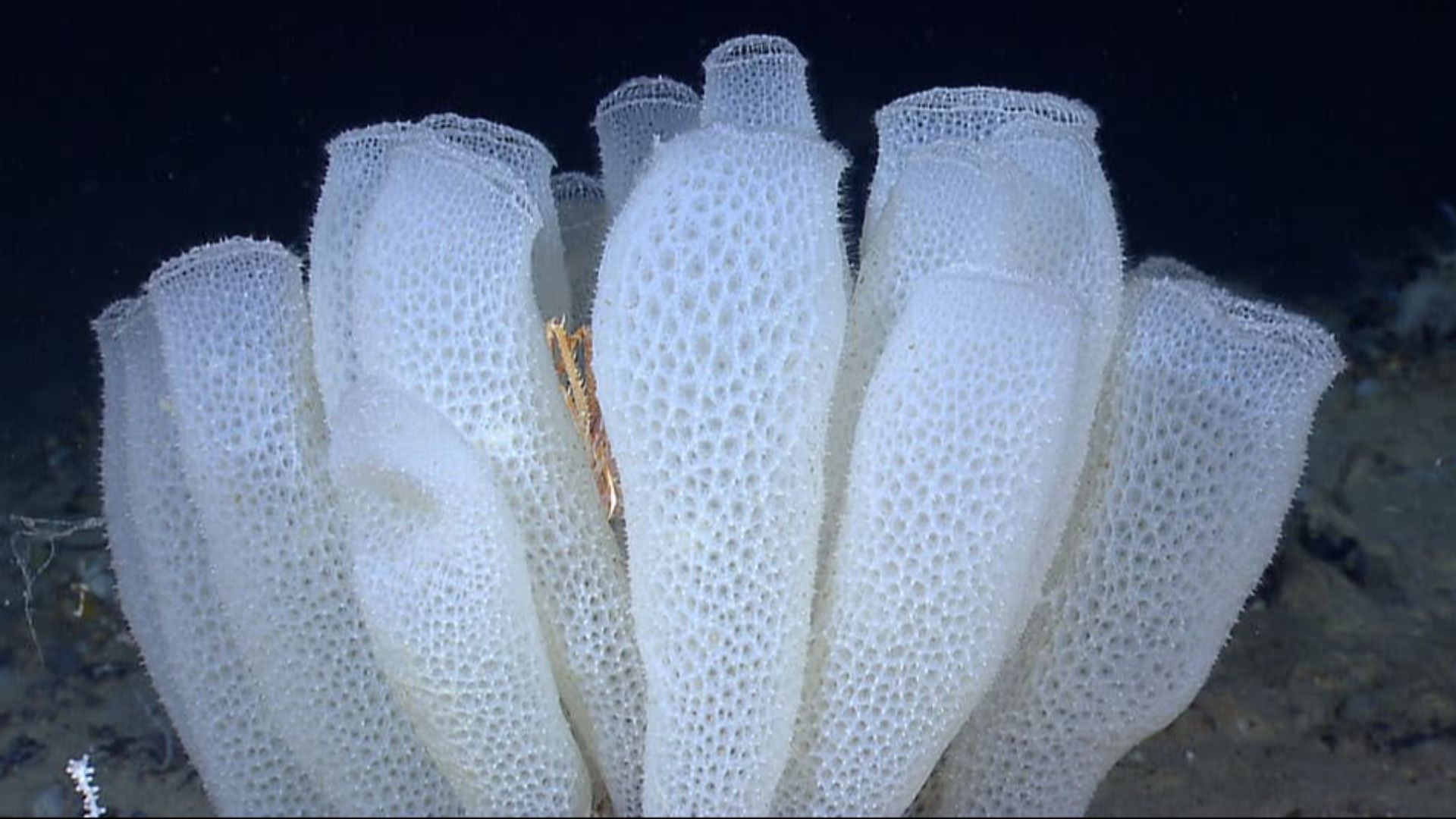 National Oceanic and Atmospheric Administration (NOAA). on Wikimedia
National Oceanic and Atmospheric Administration (NOAA). on Wikimedia
3. Ocean Quahog
A hard clam found on the shores of eastern North America, the ocean quahog easily lives past 100 years. Scientists originally thought its lifespan averaged around 225 years, only to discover one dredged off the Icelandic coast that had lived past 500 years. Had it not been captured, it may have lived even longer.
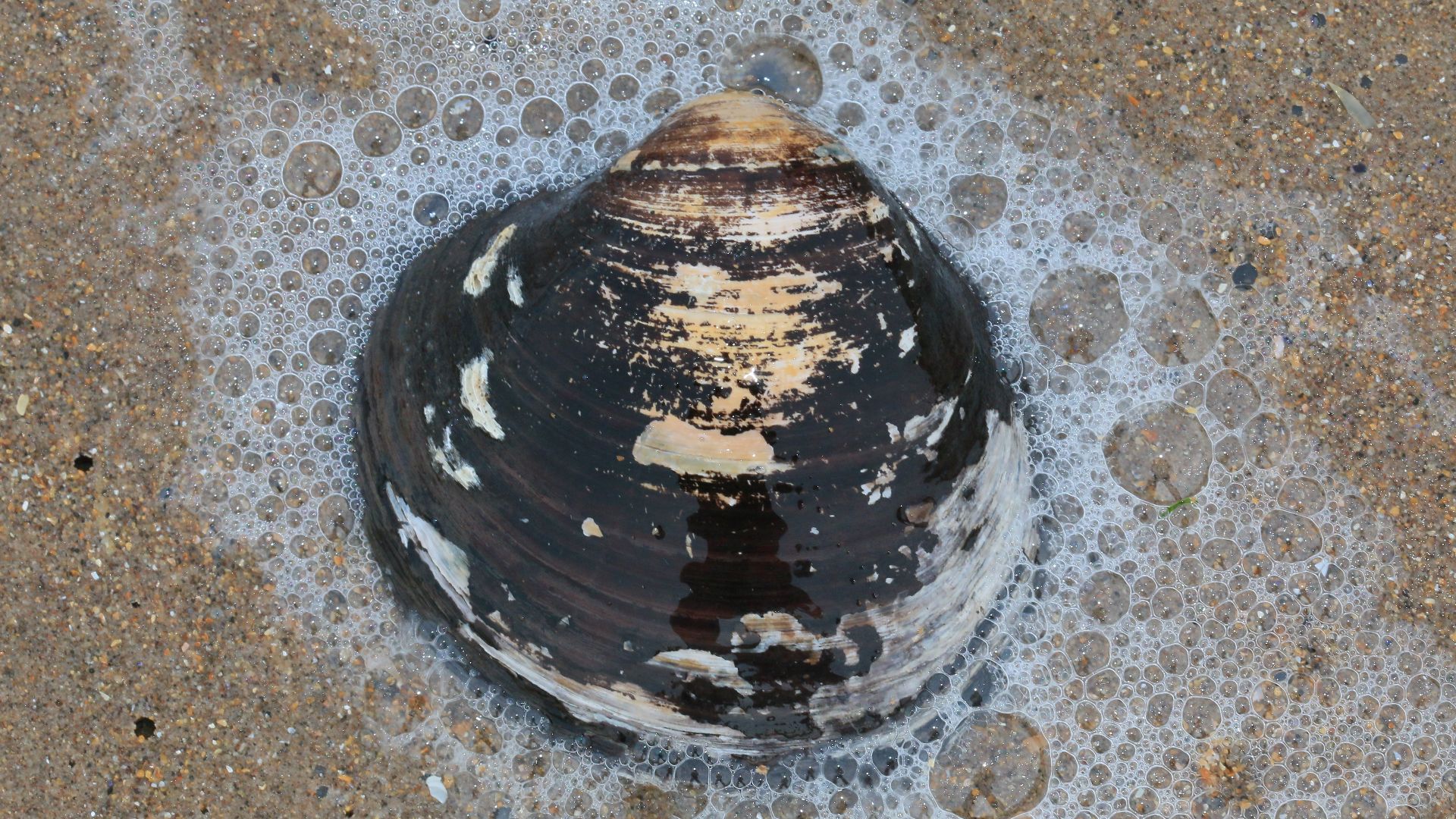 S. Rae from Scotland, UK on Wikimedia
S. Rae from Scotland, UK on Wikimedia
4. Greenland Shark
While the shortest-living invertebrate title goes to the mayflies, the Greenland sharks reign as the longest-living vertebrate. The oldest known one discovered was estimated to be around 400 years old. Scientists believe that this long lifespan may be owed to the cold temperatures of the North Atlantic and Arctic Oceans, which could help slow down metabolic processes and extend life.
5. Tortoise
One of the largest tortoise species in the world, the Aldabra giant tortoise (which can weigh as much as 550 pounds and measure up to four feet) can generally live up to 150 years, though the longest-living one is believed to have reached 250 years old. Other tortoise species also average around 200 years.
6. Bowhead Whale
Known to be the second-largest mammals on the planet as well as the longest-living mammals, bowhead whales are quite a feat. Many live over 200 years. Some have even been found with harpoon fragments in their blubber that date back to the 1800s.
7. Geoduck
Though it may not look it, this clam can live over 165 years. Its shell can measure up to eight inches, and its siphon can grow to three feet in length. They're native to the rocky coastal waters of the Pacific Northwest and are considered a delicacy in many Asian countries.
8. Cockatoo
Cookie, a pink cockatoo who lived in Chicago's Brookfield Zoo for 83 years, still holds the record for the oldest bird held in captivity and exceeded far past his species' average lifespan. Cockatoos generally live up to 40 years in the wild and up to 70 years or more in captivity, but sulphur-crested cockatoos can reach to 100.
9. Albatross
A large oceanic bird, albatrosses can stay airborne for hours, with a wingspan of three-and-a-half meters. Though it's often difficult to tell how old birds are, given their lack of change in appearance, the longest-living seabird researchers know of is Wisdom, a female Laysan albatross who's estimated to be around 73.
10. Elephant
These massive mammals generally have a lifespan of 80 years, with the oldest recorded one being an Asian elephant that reached 89 years of age. Their long lifespan can be owed to their giant bodies, as larger sizes typically correspond to slower metabolic rates in mammals.


